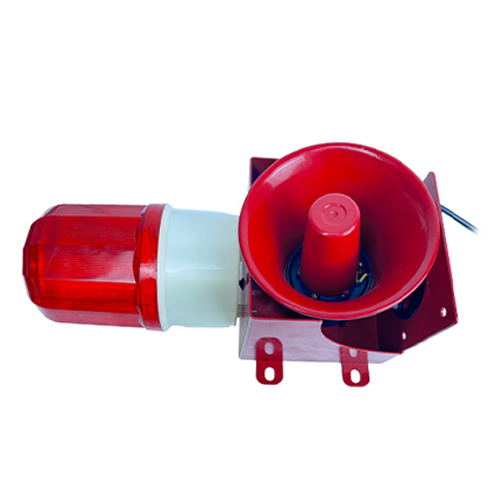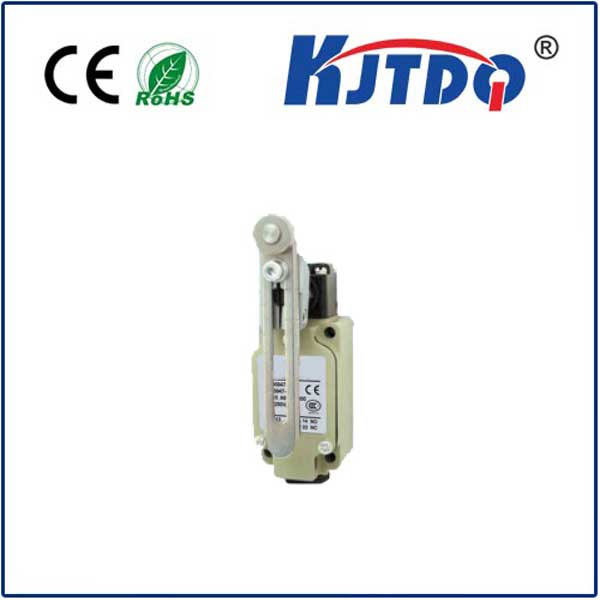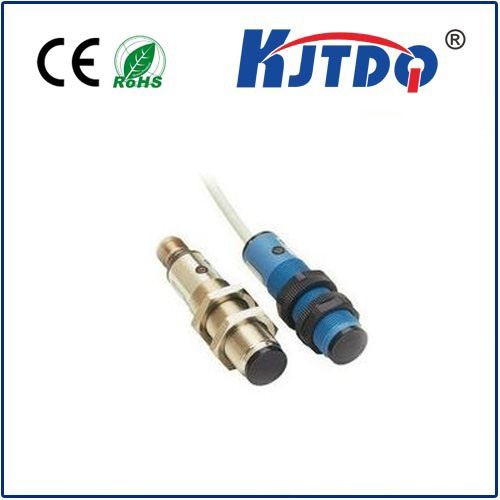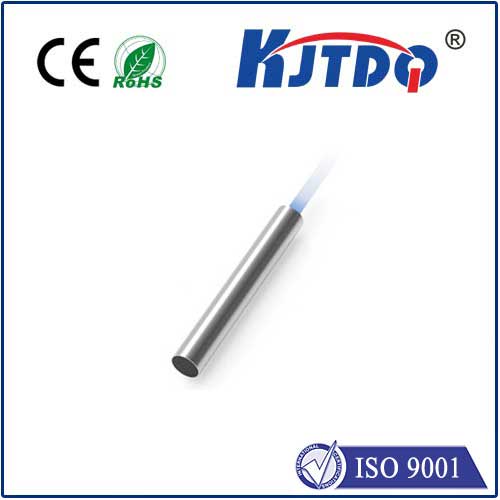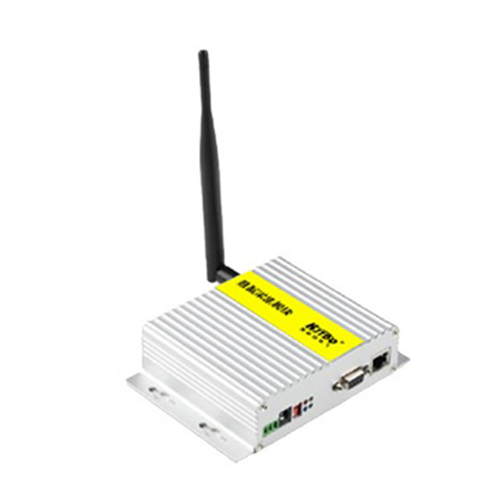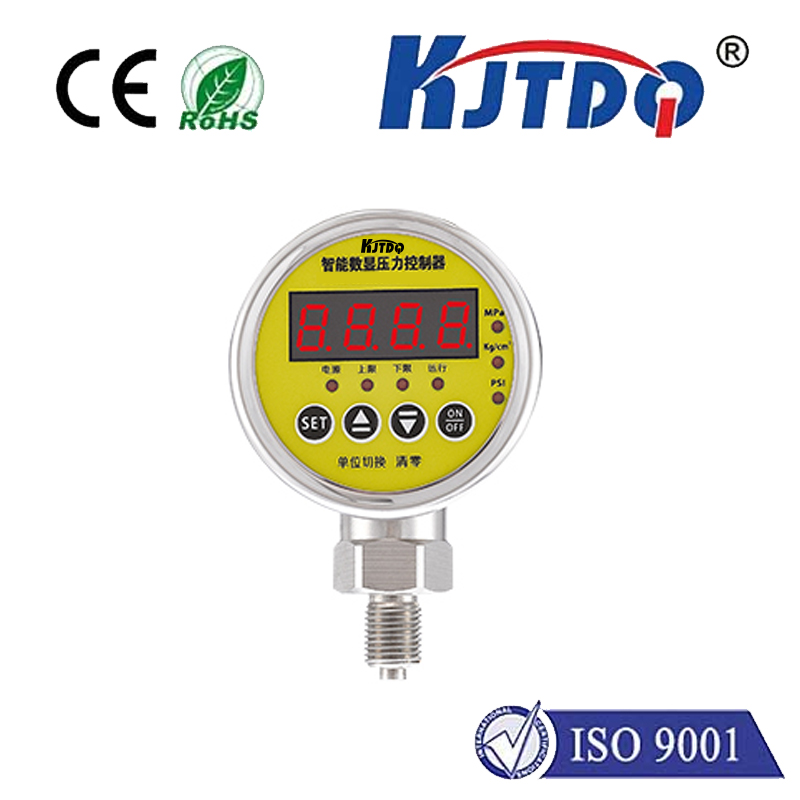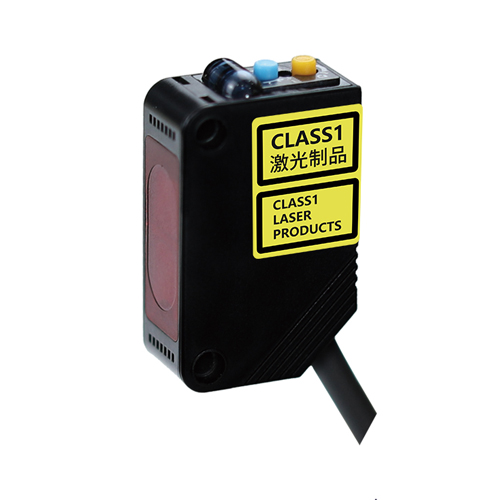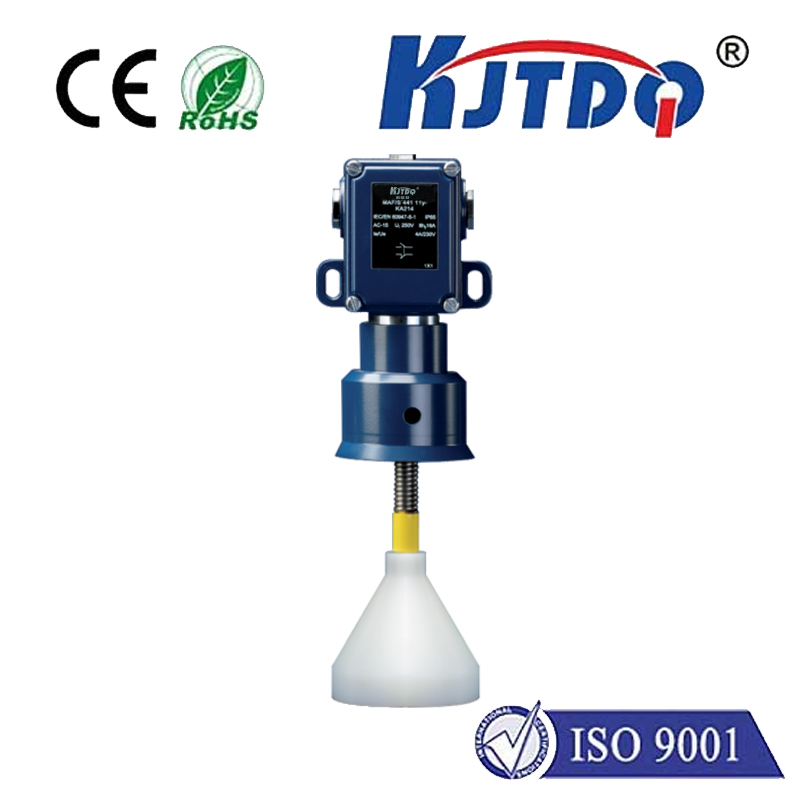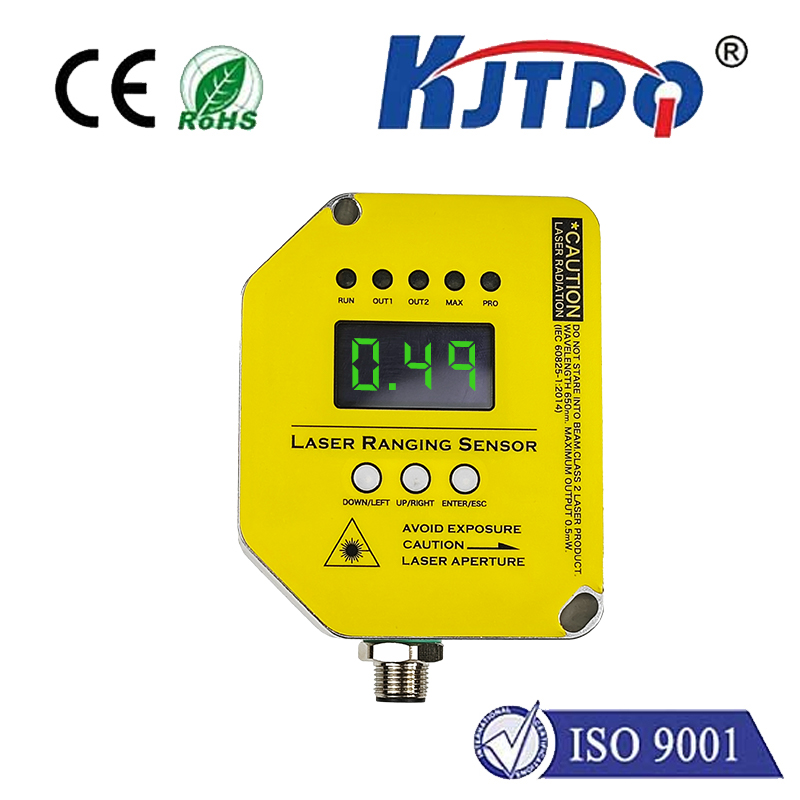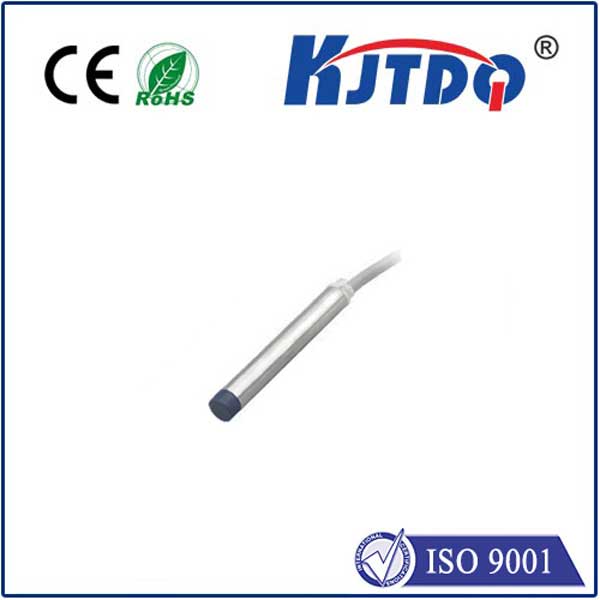переключатель индукционного датчика приближения
- time:2025-09-07 01:57:29
- Нажмите:0
Beyond Contact: How Inductive Proximity Sensor Switches Revolutionize Automation
Imagine a factory floor humming with activity. Machines perform intricate tasks flawlessly, handling materials, assembling components, and packaging products at blinding speed. But what happens when a critical metal part goes missing from the conveyor? Or a robotic arm needs to know exactly where the metal plate is before welding? This is where the unsung heroes of industrial automation step in: inductive proximity sensor switches. These remarkably reliable devices silently orchestrate complex processes, ensuring everything runs smoothly and safely – all without physical contact. For engineers battling expensive downtime and maintenance nightmares, understanding this technology isn’t just helpful; it’s essential.
So, What Exactly Is an Inductive Proximity Sensor Switch?
At its core, an индукционный датчик приближения is an electronic switch designed to detect the nearness of metallic objects – typically ferrous metals like iron and steel, and often non-ferrous metals like aluminum, brass, and copper – without needing to touch them. It performs this feat using electromagnetic fields. Think of it as a tiny, non-contact watchman constantly scanning its vicinity for specific metallic targets. When metal enters its predefined detection range, the sensor’s internal state changes, switching its output signal (usually opening or closing an electrical circuit). This simple on/off signal becomes the critical input for control systems like PLCs (Programmable Logic Controllers), triggering actions like stopping a conveyor, counting parts, confirming a clamp’s position, or initiating a machine cycle.
The Magic Within: Faraday’s Law in Action
The elegant operation hinges on Faraday’s Law of Induction. Inside every inductive proximity sensor, you’ll find four key components working in concert:

- Oscillator: This generates a high-frequency alternating electromagnetic field emanating from the sensor’s active face (the sensing surface).
- Coil: Produces the oscillating magnetic field.
- Demodulator: Monitors the strength and characteristics of the generated magnetic field.
- Output Circuit: Contains the electronic switch (solid-state transistor or, less commonly now, a relay) that changes state based on the demodulator’s signal.
Here’s the clever bit: When a conductive metal object enters this electromagnetic field, tiny circulating currents called Eddy Currents are induced on the object’s surface. These eddy currents draw energy from the sensor’s oscillating field.
The demodulator detects this energy loss. It senses the damping effect the metal object has on the oscillator’s amplitude (or sometimes frequency, depending on design). Once this damping exceeds a pre-set threshold – meaning the metal object is close enough – the demodulator triggers the output switch.
- Normally Open (NO) Switch: Output is OFF when no target is present. It turns ON when metal is detected.
- Normally Closed (NC) Switch: Output is ON when no target is present. It turns OFF when metal is detected.
This instantaneous, wear-free switching is the core function that makes inductive proximity switches indispensable.
Shielded vs. Unshielded: Tailoring the Field
Not all inductive sensors project their magnetic field the same way. The two main types determine mounting flexibility and detection range:
- Shielded (Flush Mountable): These sensors have a metal band surrounding the sensing face, focusing the electromagnetic field more forward. This allows them to be flush-mounted in metal brackets or frames without the mounting metal interfering with detection. They typically have a shorter sensing range compared to unshielded types.
- Unshielded (Non-Flush Mountable): Lacking the shielding band, these sensors have a larger, more lateral magnetic field. They must be mounted with clearance around the sensing face (free-space mounting) to prevent adjacent metal from causing false triggers. The benefit? Longer sensing distances for the same sensor size.
Why Inductive Sensors Rule the Industrial World
The dominance of inductive proximity switches in demanding environments isn’t accidental. They offer a potent combination of advantages:
- Non-Contact Operation: This is the primary advantage. Zero physical wear means drastically extended lifespan and exceptional reliability compared to mechanical limit switches. No moving parts to stick, break, or require lubrication.
- High Reliability & Long Life: Solid-state electronics and the absence of contact points make them incredibly robust, capable of millions of switching cycles.
- High Switching Speeds: They react incredibly quickly to targets, easily handling high-speed production lines and rapid cycle times.
- Прочная структура: Housed in materials like nickel-plated brass, stainless steel, or rugged plastics, and featuring high IP (Ingress Protection) ratings (e.g., IP67, IP69K), they withstand dust, moisture, oils, cutting fluids, vibration, and mechanical impact.
- Insensitivity to Surface Conditions: Generally unaffected by dirt, dust, oil, or moisture on the target or sensor face (within reason and depending on IP rating), unlike optical sensors.
- Simple Installation & Use: Typically require only a power supply connection and connect directly to standard control inputs. Easy to set up and replace.
Where You’ll Find Them: Versatility Across Industries
The applications for inductive proximity sensors are virtually limitless within industrial automation:
- Automotive Manufacturing: Detecting pistons, confirming gear presence on shafts, monitoring robotic arm positions, part counting on conveyors, door/window position sensing.
- Food & Beverage Processing: Position sensing on stainless steel machinery (conveyors, fillers, cappers), confirming container presence (metal cans, lids), verifying valve positions.
- Material Handling & Packaging: Detecting metal pallets, confirming box presence (via metal staples or sensors), controlling gate actuators, monitoring conveyor belt rollers.
- Machine Tooling: Tool presence/absence detection on CNC machines (especially turrets), confirming chuck clamping, sensing workpiece position.
- Robotics: End-of-arm tooling position feedback, detecting gripper closure on metal parts, safe zone monitoring.
- General Industrial Control: Level detection in metal tanks or silos, speed monitoring (via gear teeth or encoder wheels), position feedback on cylinders (with integrated magnets), security applications.
Choosing the Right Sensor & Key Considerations
Selecting the optimal индукционный переключатель приближения involves several factors:
- Target Material: Ferrous metals offer the longest range. Non-ferrous metals (Al, Cu, brass) reduce the effective sensing distance – check sensor specifications. Non-conductive materials like plastic, wood, or liquids cannot be detected.
- Required Sensing Distance (Sn): Ensure the sensor’s nominal sensing range meets the application’s physical mounting constraints and detects the target reliably. Remember the reduction factor for non-ferrous metals.
- Sensor Size & Form Factor: Available in tubular shapes (M5, M8, M12, M18, M30 diameters are very common) or block designs. Choose based on mounting space.
- Shielded vs. Unshielded: Dictated by mounting requirements (flush vs. non-flush) and desired sensing range.
- Output Type & Wiring: NPN or PNP transistor output? Normally Open (NO) or Normally Closed (NC)? 2-wire, 3-wire, or 4-wire? Must match the control system’s input requirements.
- Environmental Factors: Temperature extremes, potential chemical exposure, and required IP rating are critical

